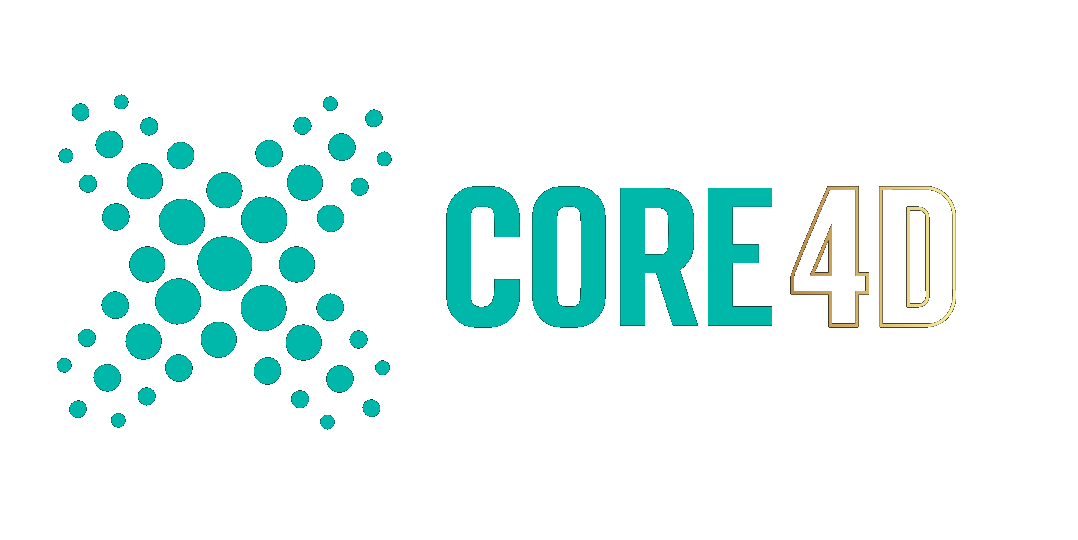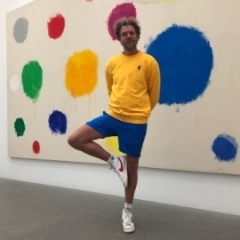Leaderboard
Popular Content
Showing content with the highest reputation on 09/28/2022 in all areas
-
Yeah got it Fritz and CBR. I though they were Null Objects but no idea of how to deal with them. Took me a wee minute CBR but I got there, Cheers. Anyway when you select all, obviously the nulls are still there, can this cause any issues later dun the road and is this caused because the null is in the wrong position and int aligned with the object it is the parent off? Thanks Guys as always C4D at the heart of The Core4d Jacobute1 point
-
Measure & Construction Tool II Difficulty Level (9/10) (the level is so high just because of the complexity and because I think it's hard to compute volumes and conic angles) This plugin aims to provide a visual aid during editing as well as in rendering for CAD/CAM oriented projects. The old Selection menu is unproductive. Measures don’t get named from user, can’t be deleted or deactivated in bulk unless they are converted to objects. This redesign enables access to all measures easily from a list and introduces new measurement capabilities and visual tools for CAM/CAD renders. Also it’s not a tool anymore. It’s an object in UI paradigm of the Volume Builder. Creating a new Measure adds a new Measure Object in it’s list and under it’s hierarchy. The Measure & Construction Object acts like as manager for bulk editing. There are 4 types of Measures - Length, Area, Angle, Conic Angle and Volume. Length needs an Edge Selection of at least 1 Edge. Area needs a Polygon Selection with adjacent polygons. An angle needs a Vertex Selection of exactly 3 points. A Conic Angle needs a Vertex or Edge Selection where all Edges must have a common point (origin). The volume gets a closed polygonal Surface. In the case of the Length of more than one Edges, Angle and Conic Angle, the Rotate button will change the point of measurement. In the case of Length it defines the Edge where the Value will be positioned. Custom Input is available only for Length (one Edge) and Angle. Start-End for Length, Origin for Angle. The new Measure Object uses splines for visualization and can be a child of any Spline-altering Object. Sketch&Toon can be applied for non-physical rendering. Values change automatically unless user enters a custom one. An artistic render of how a tool like this could look like:1 point
-
I too wondered if they were nulls. If so, you can fix them en masse using the OM filter, and double clicking the null object type, where you can set them all to 'none' in one go. CBR1 point
-
You are correct, the impossibility of dropping a point inside a quad or even allowing for the (perhaps temporary) addition of a single edge that is only connected to one side of a quad (and not two) and whose other point lands, for example, in the center of the quad, even if that means that the quad is no longer a quad and temporarily becomes part of a non-convex ngon with a shared side, makes the entire process of making arbitrary cuts very onerous. That was quite a complex explanation, so let me present a simple example. As shown in the following image, a Plane Object with 2x2 subdivisions has been made editable. Subsequently, the edges labeled c and d were removed (using the Melt command), leaving an ngon as a result and the representation shown, with ngon lines made visible. (Note, further details continue below image...) With the geometry in the above image as the starting point, neither the edge labeled a nor the edge labeled b can be removed in isolation - without, as a necessary side-effect, also causing the removal of the other inner edge (i.e., removing edge a would result in the automatic removal of edge b and vice-versa). Removal of either edge using the Melt command would leave us with the geometry shown below, now devoid of any inner edges. Note: For the remainder of the discussion, we can continue to use the above image, pretending that the leftover points that bisect the rectangle's edges and the corresponding ngon lines they create, are no longer present leaving just a simple rectangular quad with four sides and four points as its corners. It's a square, actually, but that aspect doesn't matter, since the following applies to properly formed convex quads, in general. If we want to add an inner edge to the quad, we must place both of the edge's endpoints on the edges that make up the rectangle's sides. To be more precise, any single edge that is added must connect two sides of the quad, and cannot have one or both of its points be positioned anywhere else, and more specifically, anywhere in the quad's interior. If an interior endpoint is desired for the edge, a second edge would need to be added that would connect this interior point to one of the polygon's sides, as was the case in the original image with the two edges a and bh, forming, as a result, an interior quad and causing the original quad shape as a whole to once again become an ngon. This inability to remove only one of edges a or b , while leaving the other edge intact, is one of the limitations of Cinema 4D that makes arbitrary cuts impossible.1 point
-
1) You either do it like Igor suggested and texture the geometry accordingly or 2) Your unwrapped label isn't correct in the first place. Try carefully to unglue the label and place it flat on a scanner. Trace the label in a vector program insert it in C4D as a spline, convert it to geometry using a Lathe, choose grid subdivision, make it enough dense, try again with your method.1 point
-
I have always wondered why Luxology's ImageSynth shader was 1) cancelled by Luxology and 2) never duplicated by someone else. It did more than just make the texture seamless but actually took elements of the original image, figured out the boundaries of each of those selected elements, and then randomly generated them across the image such that they were seamless. You could also work with more than 1 original image to create a seamless new image that has elements of both images (eg. image 1 is grass and image 2 is ground dirt and the resultant image is ground with patches of grass). Now to be fair, that program was very buggy and prone to crashing which may explain why it was discontinued. But that was back in 2009. I would have to assume that more stable (and more powerful) algorithms have been developed in the last 12 years which would enable this capability to be reborn as a shader. Other than that, how about a simple tile shader that takes a square image and randomly rotates it 90 degrees as it replicates that image across a surface? I think this has been done but requires a bit more to it than simply clicking a check box in the material tag. Ideally, I would want it to be that simple. Maybe even two options that could work together or independently: random 90-degree rotation and mirror image. Dave1 point
-
Go cry some more in the blender community how you are being mistreated by others and they just can’t see your potential. Once again this is your cry for help? I’m not buying it. People like you ruin forums like this, especially when forums like this aren’t as popular anymore. If I wanted crap from talentless blender hobbyists I’d visit YouTube. How is the mech spider going? Have an adequate day, Vanilla Ice.1 point
-
Jesus dude lay off the personal attacks and rhetoric, Ice. We get it you don’t like Maxon and its staff. No need for this crap. Besides I thought you were busy making stuff in blender instead attacking people who associate or use Maxon products. I guess things don’t change. Dont bother responding you crapped all over the post you created, icedude.1 point
-
You are right about one thing. Jascha seems extremely smart and the time I met him he was very nice to talk to. I enjoyed meeting him.1 point
-
Trust me, I know exactly who made the tech and how it was made 🙂 I also didn't need to run down the hall to check. I also know how to credit work done. But feel free to keep guessing.1 point
-
1 point
-
1 point



